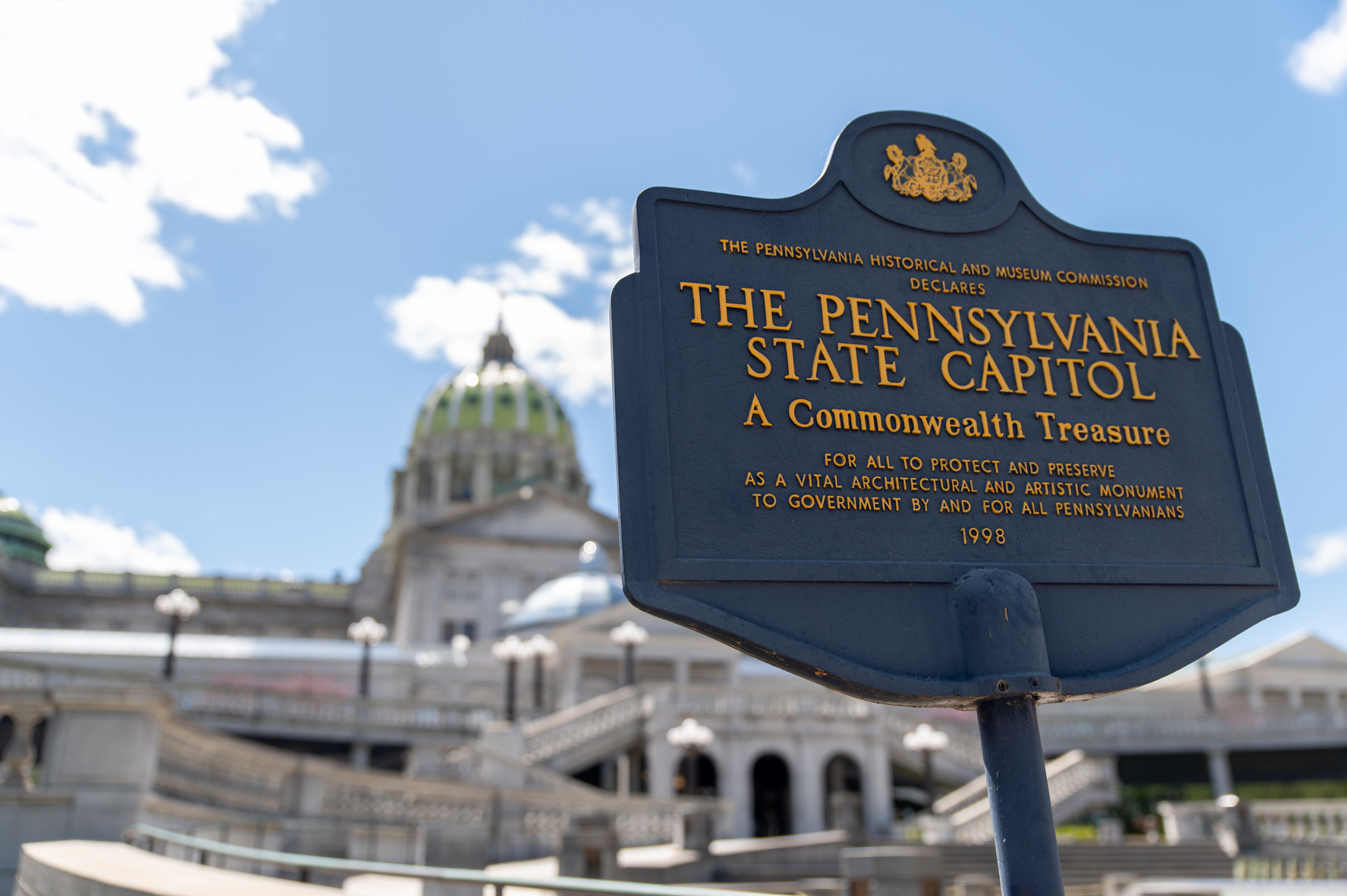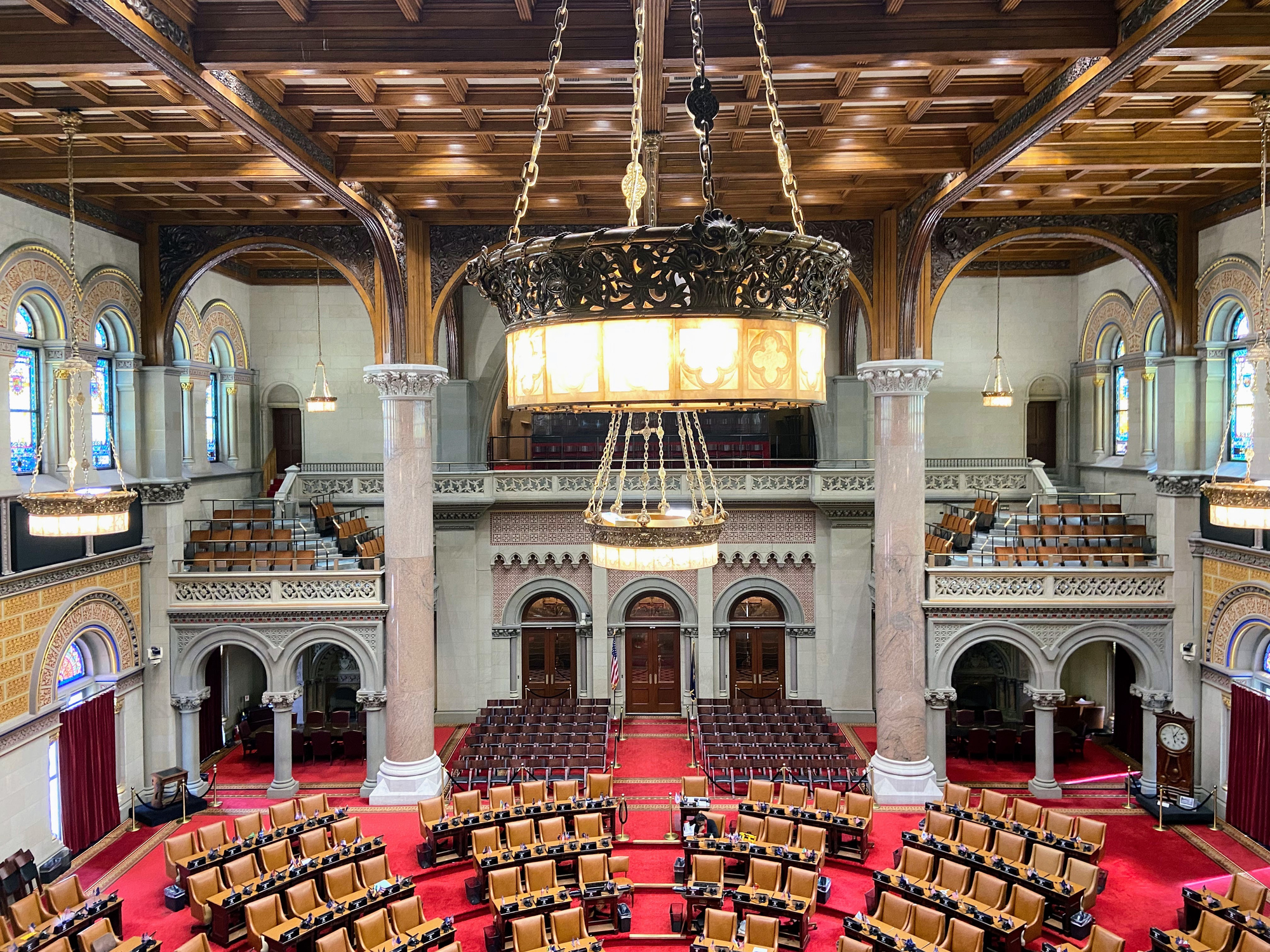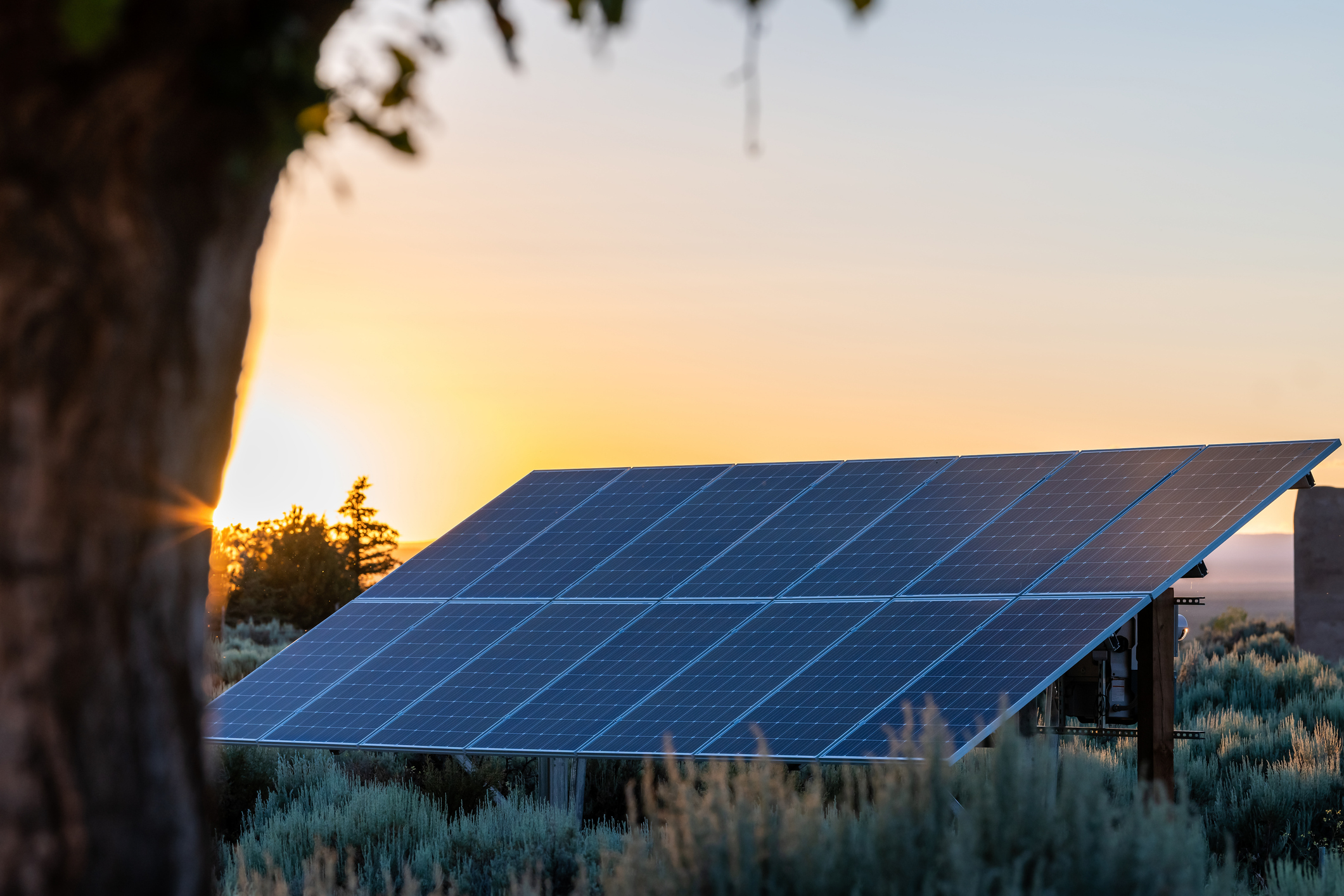
This is part 2 of our 4 part series on 2020 Energy Trends.
Increasing questions about the future of natural gas
The EIA still expects natural gas to be the dominant generating resource in the U.S. through 2050. A study released in September found that if all currently proposed gas plants are built, 70% would become uneconomic by 2035.
According to Utility Dive, “[w]hile alternative options may threaten gas, the ability of baseload generation to offer reliable and resilient power channels directly into the growing conflict between states and wholesale markets,” something some states are already experiencing and taking to the FERC courts.
Governments and Administrations will work with businesses, utilities, and other organizations to cut carbon emissions
According to WRI, “[m]any cities are choosing to begin their clean energy transition by tackling municipal energy usage, which is within the local government’s control.” Some examples of these programs are the Climate Collaborative of Greater Philadelphia or the Sustainable Jersey coalition in New Jersey. According to the WRI, “making progress toward community goals requires the support of and partnership with many community stakeholders, including local businesses.” According to the WRI, “[i]n 2020, expect to see more collaboration across sectors to move more efficiently toward community-wide energy goals.”
Focus on grid mod and grid hardening
According to Utility Dive, “[i]n 2019, U.S. utilities spent almost $60 billion on grid modernization” and that is going to continue to slowly increase, with grid hardening being the focus of that spending. With a focus on renewable energy, comes a focus on ensuring that energy is used effectively and efficiently by distribution channels, utilities, and end users by ensuring resiliency.
According to Utility Dive, “[w]hile increasing resiliency is a significant part of updating today’s power grids, utilities are looking to do more, including integrating more renewable and distributed energy resources” According to Utility Dive, “[a] key issue to watch in 2020 will be whether utilities learned any lessons from billion+ dollar grid mod proposals, which were rejected by regulators in 2019 because the costs were not adequately justified.”
According to Utility Dive, regardless of renewable energy, electric power grids across the country will need to be upgraded by municipalities and utilities to handle the greater loads that utilities will need to handle in coming years.
Latest News
Photo credit: iStock.com/Hamburg Studios As Pennsylvania continues to navigate an evolving energy landscape, state leaders are proposing new approaches to ensure reliability, affordability, and sustainability. Governor Josh Shapiro recently announced his “Lightning Plan”, a six-part [...]
Photo credit: iStock.com/Ray Tan As the impacts of climate change intensify, several U.S. states are taking legislative steps to address the mounting costs of adaptation and resilience. New York, New Jersey, and Vermont have recently [...]
In this episode of The Back in Session Podcast, hosts Ryan Stevens and Ryan DeMara are joined by Brendan Williams from PBF Energy. They delve into the state of energy policy, the refining sector, and [...]
Photo credit: iStock.com/krblokhin Solar energy deployment has continued to increase, but the spread of new projects is not comprehensive. The National Renewable Energy estimates that 42% of households cannot access behind-the-meter solar. To address the [...]






Stay In Touch